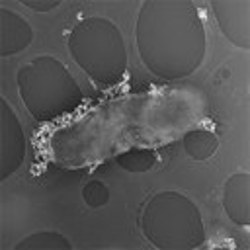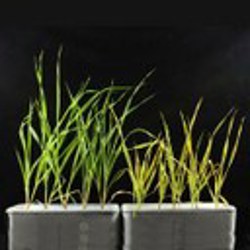Environmental Engineering Group Research

Environmental Engineering
Recalcitrant Water Treatment
The current driver in industry is the development of more sustainable systems which reduce energy input and reduce environmental impact. End-of-pipe treatment of toxic and high load waste waters are currently treated by reverse osmosis, vacuum evaporation and ultrafiltration - all energy demanding processes. Microbiological treatment of wastes reduces the energy foot-print with the added benefit of enabling the waste to be converted to bioenergy and bio-plastics, in the process enabling the treated water to be recycled on site.
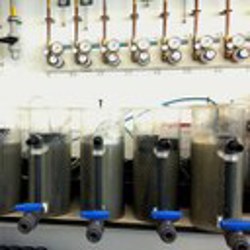
Sustainable Design
There is increasing drive in industry to treat effluent including operationally exhausted metal working fluids (MWF) employing sustainable technologies such as biodegradation. However, the problem is that such products are designed specifically to be resistant to biodeterioration when it is in use and this makes disposal by biotreatment difficult and at times impossible. Working with BP-Castrol we are formulating new MWF formulations that are can be bio-treatment when they come to the end of their working life, whilst not compromising metal cutting performance. This is being achieved by a factorial design whereby the individual chemical constituents of the formulation are tested in terms of toxicity and degradability.
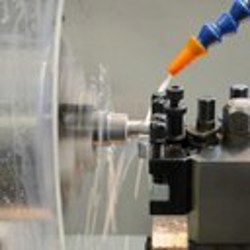
Resource Recovery
There is growing realisation that many waste waters that are currently regarded as problematic because of their high chemical loads are in fact a rich source of precious resources. We are exploiting microbial processes to convert the organic components of high concentration waste to bioenergy in the form of methane. In parallel novel technologies employing bacterial biofilms grown in bioreactors and algal cells are being developed to immobilise and recover metals present in industrial waste waters. In this way ...
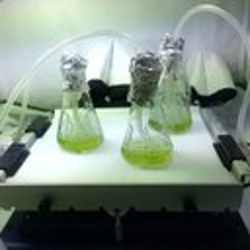
Nanomaterial Cell Interaction
A key technology which represents a major step change for environmental engineering is that of nanotechnology and the availability of nano-scale materials which have exceptional properties. We have been investigating the potential of nanomaterials as a means of killing pathogenic bacteria in water and their potential for attaching to cells. This approach will eventually enable specific problematic cells to be attached to, so enable targeted manipulation and kill.
In order for new technologies to become acceptable it is essential that their relative risk and benefits be accessed, together with developing recovery systems, in the event the technology has unwanted consequences. This has led to studies aimed at determining the impact of nano-scale zinc on plants growth and assessment of their ability to immobilise and accumulate the zinc so provide a means of recovery the material from the environment.
